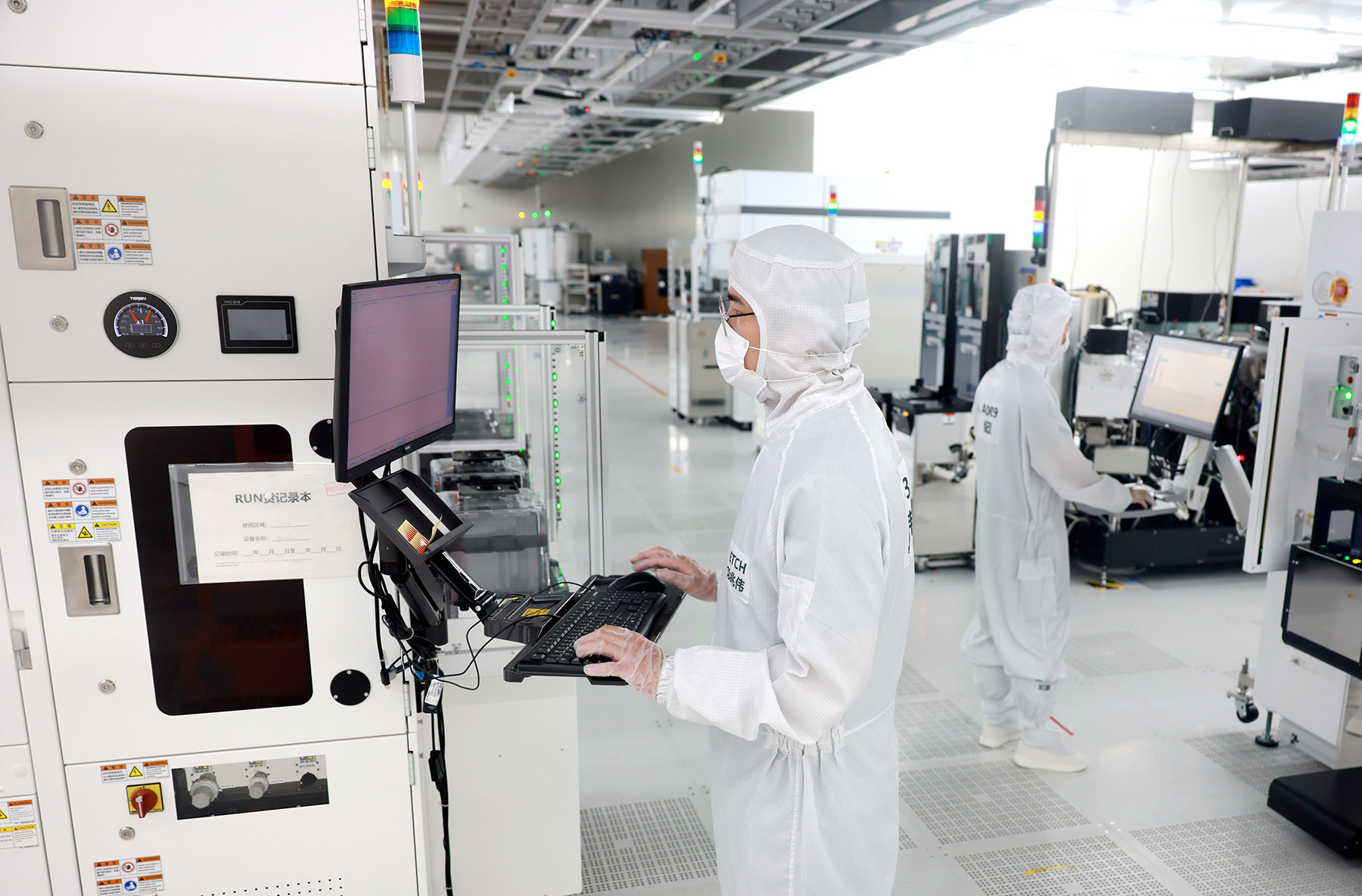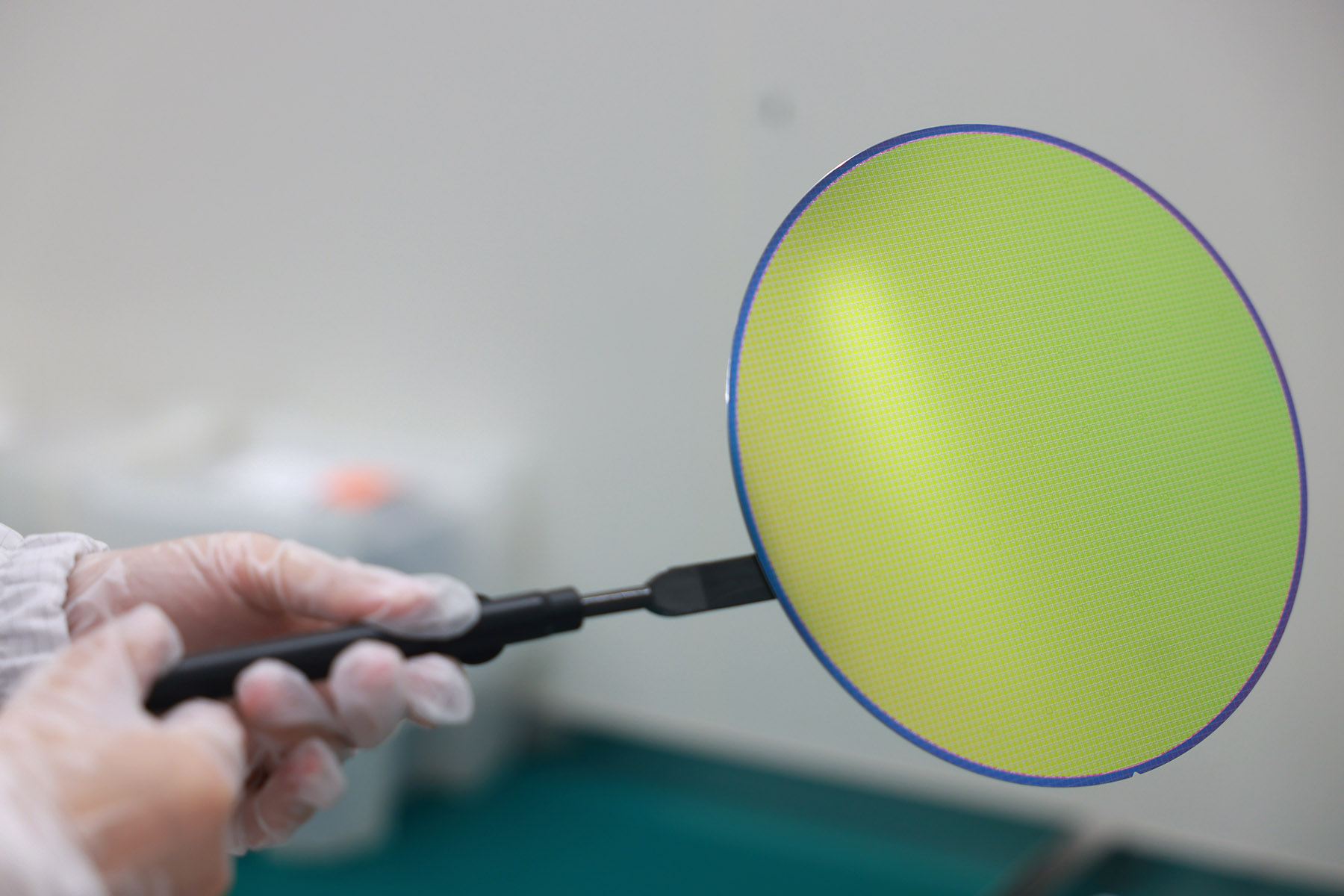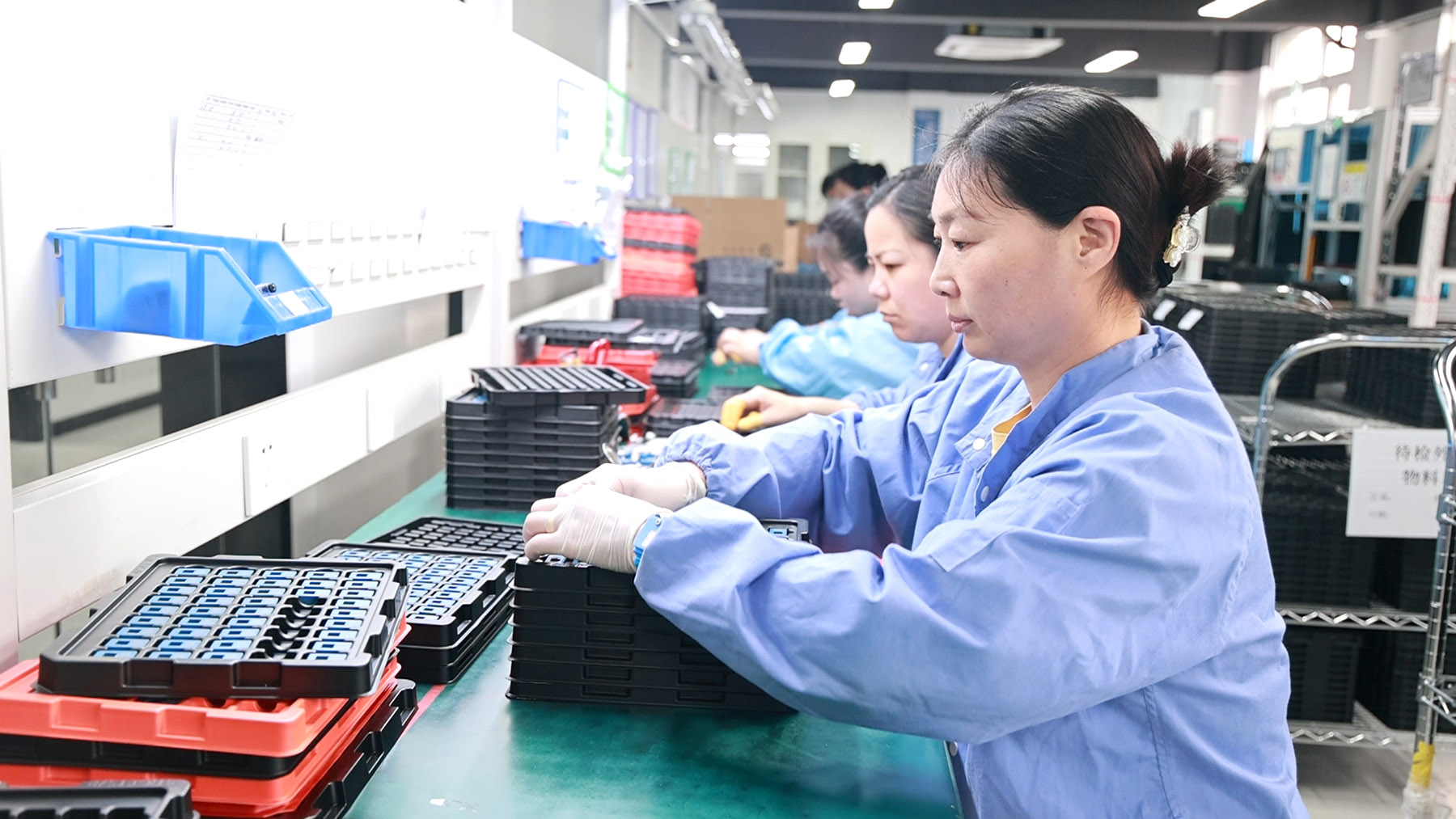Bengbu, Anhui province, home to over 200 companies devoted to smart sensing technology; dubbed 'China Sensor Valley' by industry insiders

In an age of intelligent machines, sensors have become the invisible organs of modern technology, giving devices the power to see, hear, feel and respond.
And increasingly, these sensors are being made not in Silicon Valley, but in Bengbu, a once-sleepy industrial city in East China's Anhui province.
With over 200 companies devoted to smart sensing technology, the city is fast becoming the "beating heart" of the country's sensor industry and has been dubbed by industry insiders as "China Sensor Valley".
At the heart of this transformation lie small, often invisible sensors called micro-electro-mechanical systems, or MEMS, sensors.
READ MORE: MEMSensing Microsystems to team up with industry leaders
No larger than a grain of rice, yet immensely powerful in its function, this component is enabling machines to perceive their environments with unprecedented precision, from facial recognition in smartphones to obstacle detection in autonomous vehicles.
Huaxin Micro-Nano Integrated Circuit Co Ltd, a local chip leader, recently completed China's first 8-inch MEMS fully automated production line. With 1,500 meters of overhead robotic tracks shuttling chip materials across 54 intersections, the line acts like a suspended, high-speed metro system for semiconductors.
Each day, more than 3,000 transfer carts move through this aerial network, reducing costs by over 30 million yuan ($4.18 million) annually. With 90 percent automation, it is expected to churn out 30,000 wafers per month by 2026, contributing 1.2 billion yuan in annual output.
Ding Jingxiu, vice-president of Huaxin, said: "These sensors aren't just passive parts. They're revolutionizing industries."
Ding said that they track gestures and orientation in smartphones; monitor tire pressure, fuel flow, and braking systems in automobiles; and mimic human movement and perception in humanoid robots.
"We're not just producing chips. We're creating the sensors that allow machines to navigate the world," he said.
The journey wasn't completed in a day.

Bengbu was once part of China's old industrial belt, known more for its heavy manufacturing like glass, paper and tractors. But as the global economy pivoted toward digitization and China pressed forward with its new quality productive forces, the local government saw an opportunity to leap ahead.
Tao Guangsheng, director of the management committee of Bengbu economic and technological development area, said: "Bengbu had the industrial bones, but it needed a new nervous system. We realized that smart sensors weren't just components, they were the infrastructure of the next industrial revolution."
The rebranding of Bengbu as "China Sensor Valley" is more than just a slogan; it is also a vision anchored in reform and execution.
By 2027, the city's sensor-related companies are expected to achieve over 30 billion yuan in combined output, with an annual growth rate exceeding 50 percent.
To seize the momentum, the city has launched a wave of policy support, which includes funding packages, factory space, talent recruitment and streamlined administrative approvals. Notably, a 7-billion-yuan industry fund was set up to back major projects and firms.
In 2024, eight provincial-level departments followed to launch a set of special policies aimed at nurturing the sensor industry. These include investment subsidies, R&D incentives, IPO guidance and even global expansion support.
To address the bottleneck between R&D and production — a problem that plagues several deep-tech sectors in the country — Bengbu also established dual-wafer lines: one for mass production, the other for pilot testing and customization.
With such a flexible R&D and production environment, the city has already attracted 22 high-level research and innovation platforms, including a national MEMS engineering laboratory.
That full-stack approach has turned Bengbu into one of the only cities in China with both 6-inch and 8-inch MEMS wafer lines, which are capable of handling everything from small-batch prototyping to industrial-scale production.
More than 300 types of sensors are now produced in Bengbu. These are not just parts; they're enabling next-generation products in fields from autonomous driving and industrial automation to aerospace and consumer electronics.

Chen Binggen, Party secretary and chairman of Anhui North Microelectronics Research Institute Corp Ltd, a subsidiary of China North Industries Group Corp Ltd, said: "Sensor development used to be piecemeal in China, usually one firm doing R&D, another doing manufacturing.
"But here in Bengbu, we've built the full chain, from materials and chips to modules and systems. That full-stack model has helped nurture many homegrown heroes from supply chains."
For instance, in 2023, a local chipmaker successfully listed on China's STAR market, while another leading magnetic sensor firm in the city is accelerating toward its initial public offering.
The city is home to over 50 high-tech firms and 40 "little giant" companies, which refer to specialized, innovative, and fast-growing small enterprises supported by the Chinese government.
In some ways, Bengbu's transformation also reflects broader changes sweeping across China's manufacturing sector. No longer content with being the world's factory, cities like Bengbu are embracing intelligent manufacturing, where software, hardware, AI and automation blend into a single ecosystem.
Walking through Huaxin's production floor feels like entering a sci-fi novel. Overhead vehicles silently zoom past, monitored by AI algorithms that reroute traffic in real time and schedule predictive maintenance. Human intervention is nearly absent. Contamination is minimized. Efficiency is maximized.
The company said that such advanced technology helps to avoid traffic jams, to self-schedule maintenance, and to operate almost entirely without human intervention.
Industry experts said that what's happening in Bengbu is a model for how smaller Chinese cities can leverage reform, specialization and industrial focus to leapfrog into the future.
China has elevated sensor innovation to a national priority in the 14th Five-Year Plan (2021-25), investing big in research and development, talent cultivation, infrastructure development and global standard-setting.
The central government has rolled out sweeping policies that target sensor autonomy, supply chain resilience and ecosystem integration. Financial support, standardization road maps and industrial zones have also been introduced.
ALSO READ: China's high-level manufacturing a new magnet for global investors
According to market consultancy MarkWide Research, China's sensor market was estimated at between $15 billion and $21 billion last year. The market is projected to reach $90 billion by 2035, growing at a compound annual growth rate of 16 percent to 17 percent.
Consumer electronics — smartphones, wearables and smart home devices — and automotive applications together make up more than 60 percent of the market, while industrial, medical and aerospace segments are also rapidly growing, it said.
Guo Yuansheng, executive vice-chairman of the Sensors and IoT Industry Association, said: "China has gained some momentum in sensor technology. The fully automated 8-inch MEMS wafer production line, for instance, has played a positive role in advancing the industrialization of sensors.
"Such technologies will lead and drive the domestic intelligent sensor industry clusters toward highend development, reshaping the structure of the sensor industry chain and the overall landscape of the sector globally."
Contact the writers at chengyu@chinadaily.com.cn


